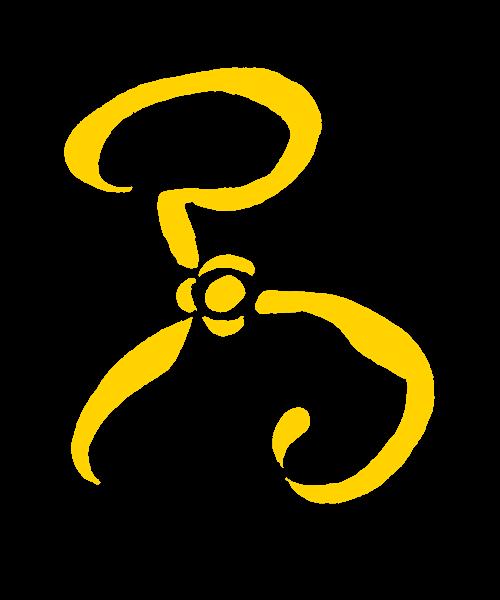
I have (probably not very surprising) a kind of abiding fascination with the King in Yellow. An imaginary play created by Robert W. Chambers in 1895, it’s one of the go-to examples of the motif of harmful sensation; the sound or sight or text so horrible that it damages the one who experiences it.
(Incidentally, yellow appears as a colour associated with horror rather more often than I’d expect. Red and black are easy and obvious associations, and you can get a lot of mileage out of an eerie green light[1], but yellow… there’s the King in Yellow, Gilman’s famous yellow wallpaper, the sickening yellow haze in King’s room 1408, and another one just at the tip of my memory. It is a very unwell colour, I suppose.)
I am not the only one. (I own two anthologies devoted specifically to King in Yellow stories, and another one is coming out late this year.) There are stories which frame the King in Yellow as a play (Brian Keene’s “The King, in Yellow” is the only one I can think of off the top of my head, and several which frame it as a text, but several (including two of my favourites[3]) frame it as a movie. I can’t think of any other mediums of expression; I’ve never read a story about a King in Yellow video game, or dance performance. I can’t call to mind treatments of it as a story, either (that is, a work of prose fiction, rather than a script or a performance produced from a script).
That said, I do know that John Horner Jacobs’ Southern Gods features a detective looking for the recording artist Ramblin’ John Hastur. I have my suspicions about that, but I haven’t actually been able to lay hands on a physical copy of the book. (It’s on my to-do list.) It’d be interesting if there are King in Yellow references in there, particularly as Ramblin’ John is a blues musician; it’s an art form much more strongly associated with improvisation than scripted plays, and I’d be curious to see how the interpretation differs as a result.
—
[1] Or a regular light and a green skirt.[2]
[2] Kind of curious to see if I have tied this post into obscure knots, or if that reference actually makes sense.
[3] Those would by Orrin Grey’s “The Seventh Picture” and Silvia Moreno-Garcia’s “Flash Frame”. “The Seventh Picture” is in Candle in the Attic Window and Never Bet the Devil and Other Warnings, and “Flash Frame” is in Cthulhurotica, The Book of Cthulhu, and This Strange Way of Dying, and is in audio at Tales To Terrify No 9 David Thomas Lord. For the record.
